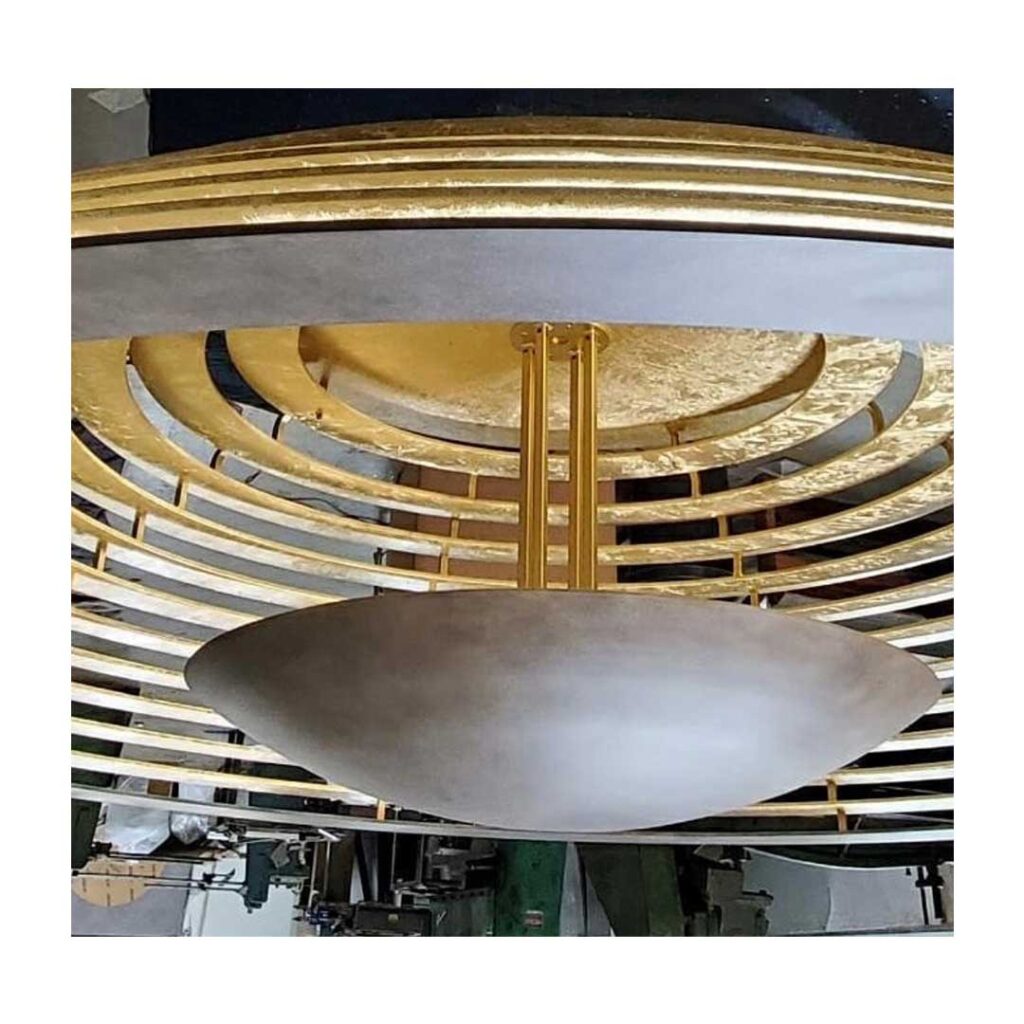Pablo Picasso has been an inspiration in many genres. His unique perspective has been the subject of countless articles, books, as well as theoretical discussions. Picasso’s creativity made him a genius.
Picasso has been recognized as the inventor of the Cubism art movement. Travel any part of the world, and you will see the influence of Cubism architecture through some of the most beautiful and thought-provoking buildings around the world. Here just a few:
- The Cubist House Neklanova in Prague
- The Cube House in Rotterdam, Netherlands
- Grand Cafe Orient in Prague
- Mendelsohn Factory in Luckenwalde, Germany
- The Church of San Francesco d’Assisi al Fopponino in Milan
Picasso’s father, Jose Ruiz Blasco, was a professor in the School of Arts and Crafts as well as a painter. The young Picasso decided to take on the mother’s surname, as he felt it was more fitting.
Picasso received praises at the Royal Academy of Fine Arts of San Fernando in Madrid, Spain, where he gained entrance by completing an entrance examination in one day when an entire month was usually given. Picasso found the whole environment at the academy too dull for his cutting edge type of mindset.
Legend suggests that Picasso’s own father would allow Picasso to finish his paintings, and was so impressed by Picasso’s technique and style that he quit painting.
When Pablo Picasso and Georges Braque partnered up, they became co-parents of Cubism. The definition of Cubism is a style of art which shows all possible viewpoints at once. It doesn’t matter if it is a person or object, which explains why Picasso’s paintings looked rather unique. This perspective gave buildings many windows and shapes that seem to be going every which way. The only way to achieve this perspective is through shapes, as though you are standing in a different place to achieve a particular view.
The buildings are awe-inspiring, and the magic of Picasso lives on.
How does Picasso influence our founder, Architectural Industrial Designer Gerald Olesker? At an early age, Gerald was introduced to oil painting and formal landscape. In later years as a student of architecture at Cal Poly (post haste to the exodus of students and faculty to Sci Arc), Gerald continued painting to express what he called visual clutter. Being more that of a cross of impressionism vs cubism, his mixed media paintings became an expression of the visual clutter impairing the built environment. “It’s how I saw and still see the precursor to design,” Olesker states. A few of these examples, unless you own a piece of his in your private collection, are expressed in his book MUSED XOGO.Clients that are fortunate enough to engage with Gerald and his sketch pen immediately understand the influence. Whether a light fixture or furnishings, a sculpture or architectural folly, the impact of artists like Picasso, Rothco or current artists like Kristin Brin, art and architecture lines blur with Olesker.
From the Factory Floor
A secret reveal! Can’t tell you where this is headed, but it will be huge, appreciated and maverick. It is 8 feet in diameter, gilded, brilliant, and for a special client…


